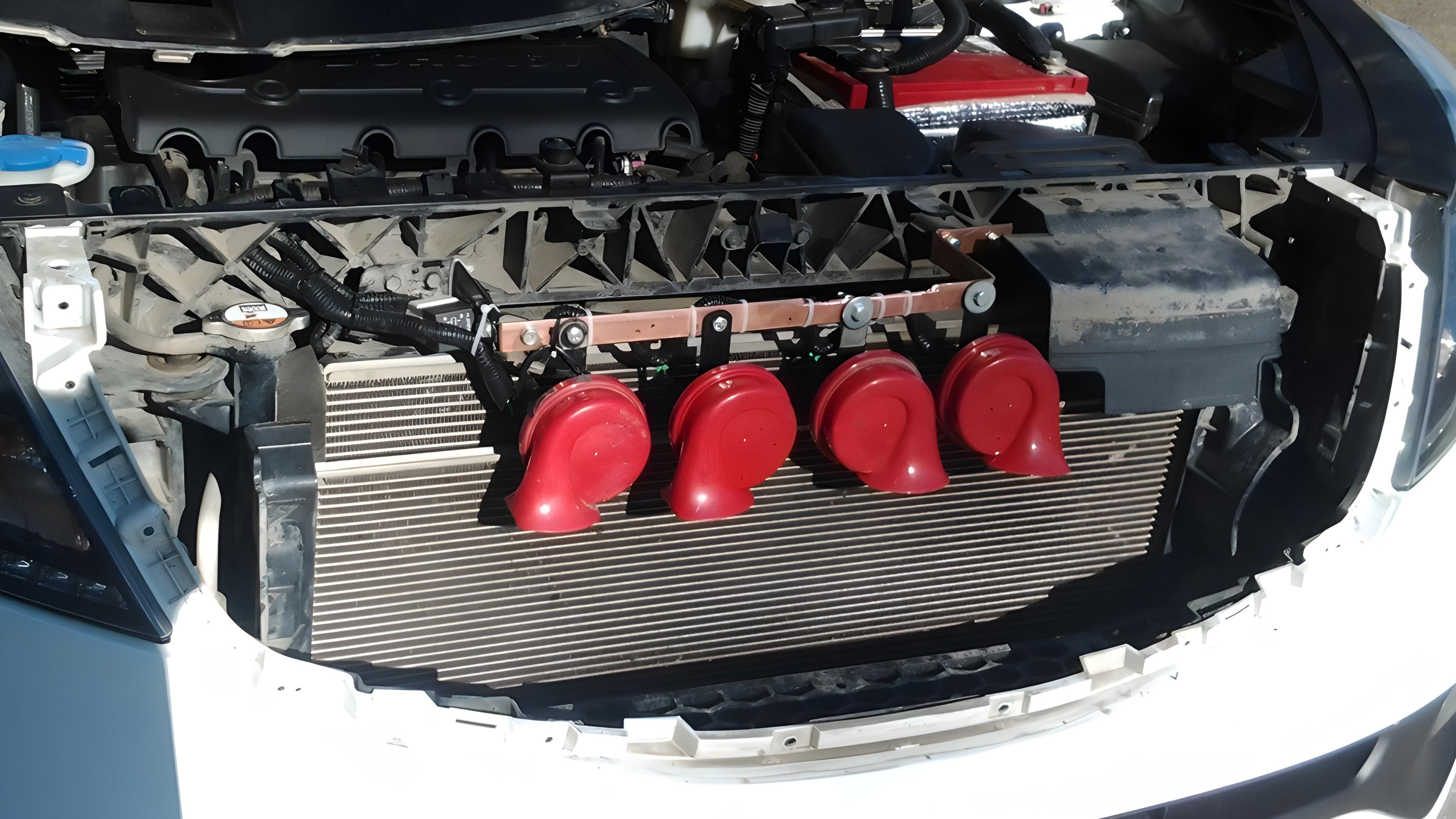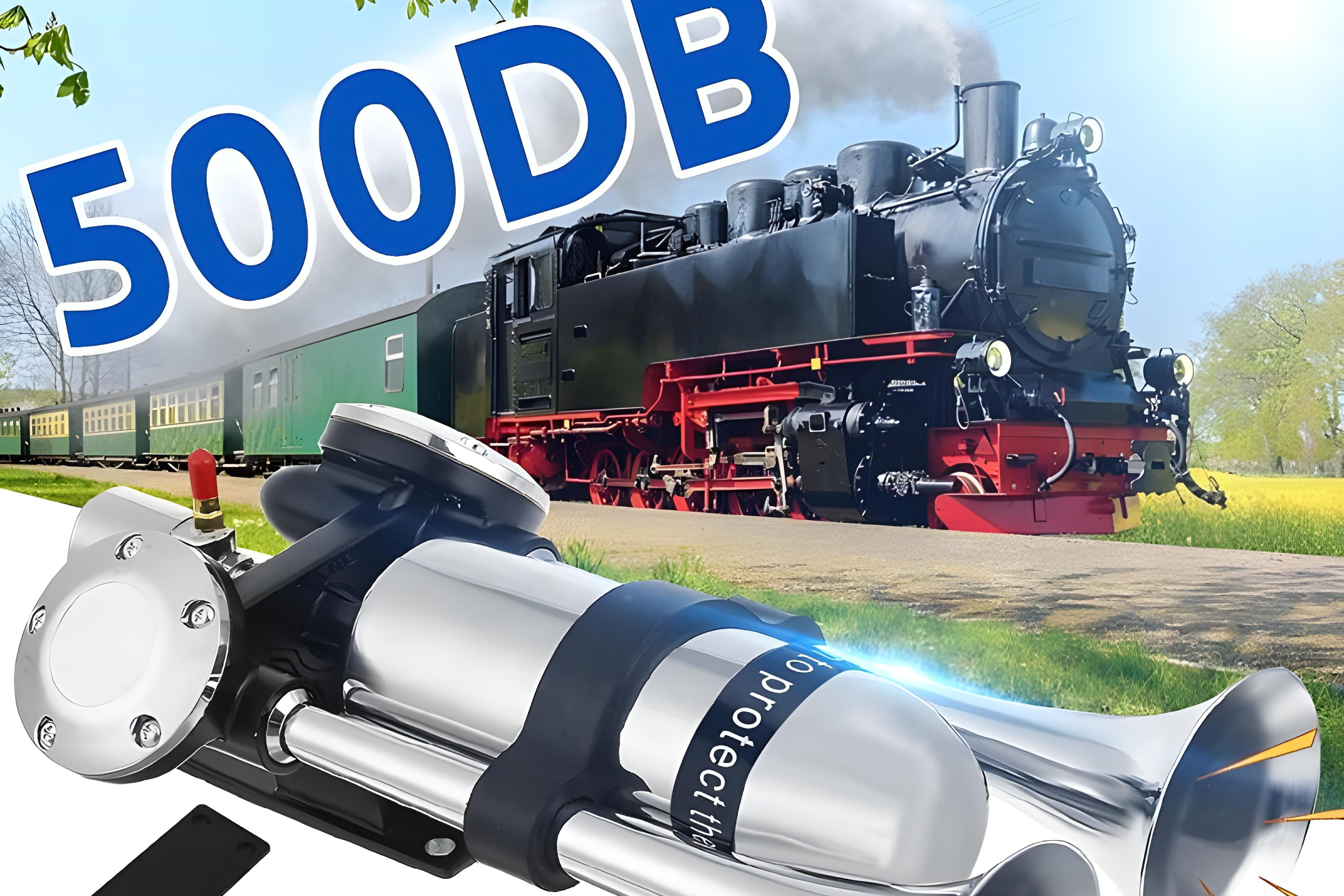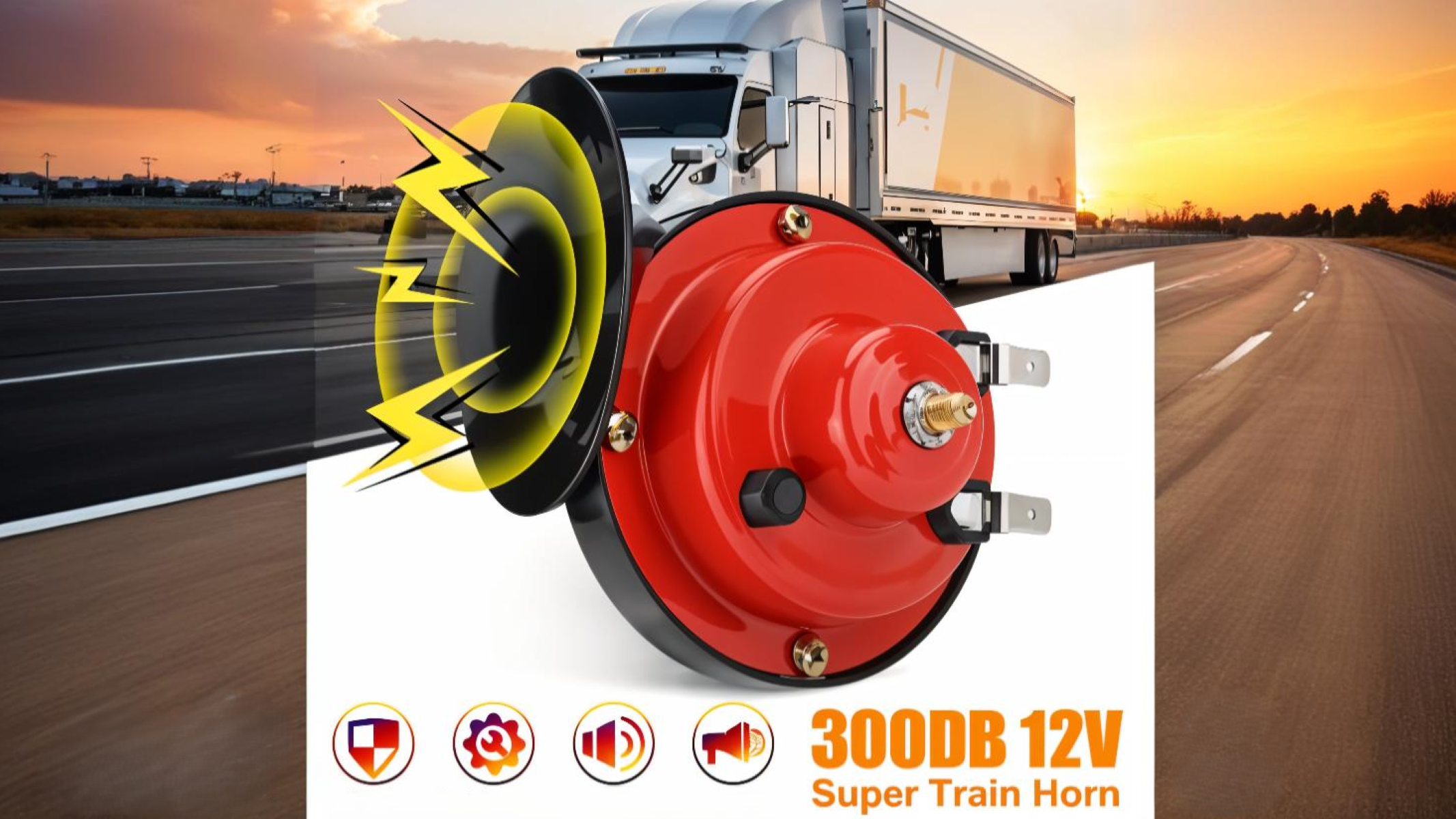When it comes to modern vehicles, safety is at the forefront of design. One of the key elements ensuring driver and passenger safety is the vehicle’s alert system. These systems provide a range of warnings, from seatbelt reminders to collision alerts, designed to prevent accidents and enhance the driving experience. But what if you could take your vehicle’s alert system to the next level? In this guide, we’ll explore how you can modify your vehicle’s alert system to maximize its impact, helping you stay safer on the road. Whether you want to improve the existing setup or add new functionalities, we’ll break down the options and steps to enhance the alert system in your vehicle.
Why Modify Your Vehicle’s Alert System?
Before diving into how you can make modifications, it’s important to understand why altering your vehicle’s alert system could be beneficial. While factory-installed systems are designed to be effective, they may not always meet every driver’s specific needs or preferences. As you spend more time behind the wheel, you may realize that certain alerts could be improved or adjusted to create a more personalized driving experience. Whether you want a louder warning for critical alerts or a gentler reminder for minor issues, personalizing your system can ensure that it works best for you.
One of the main reasons for modifying your vehicle’s alert system is to enhance safety. Some factory systems may not be as precise as you’d like, especially when it comes to critical warnings such as collisions. Upgrading or fine-tuning your system can make these alerts more accurate and timely. In addition, you might want to add new types of alerts, such as those that cover blind spots or warn you about potential dangers in your vicinity, further enhancing your ability to respond quickly to potential hazards.
Another compelling reason to modify your system is the opportunity to incorporate technological upgrades. The automotive industry is rapidly advancing, with new systems and features becoming available all the time. As technology evolves, so do alert systems, offering more sophisticated sensors, smarter integrations, and improved warning mechanisms. Updating your vehicle’s alert system can ensure that you’re benefiting from the latest technological innovations, which could make a substantial difference in your driving safety and convenience.
Finally, modifying your alert system can increase convenience. Every driver has unique habits and preferences. You may find that the alerts in your car are either too frequent or not frequent enough, or they might not be effective in certain driving situations. By customizing your system to better match your driving style, you can make it more intuitive and less disruptive. A system tailored to your needs can not only improve your overall driving experience but also help you maintain a higher level of focus and attention on the road.
Understanding the Core Components of a Vehicle’s Alert System
A typical vehicle alert system is made up of several key components, each designed to provide important warnings and ensure driver safety. Here’s a detailed breakdown of the most common systems you’ll find in modern vehicles:
- Lane Departure Warning
This system alerts the driver if the vehicle drifts out of its lane without signaling. It helps prevent accidents caused by unintentional lane changes, especially on highways. - Collision Warning
The collision warning system alerts the driver if the vehicle is approaching another vehicle or obstacle too quickly. It can give both visual and audible alerts, helping the driver take action before a potential collision. - Blind Spot Detection
This system warns the driver about vehicles that may be in their blind spots. It helps prevent accidents when changing lanes, as it makes drivers aware of vehicles that may be hidden from their view. - Tire Pressure Monitoring System (TPMS)
TPMS alerts the driver if the tire pressure drops below a safe level. Maintaining proper tire pressure is crucial for vehicle safety, fuel efficiency, and tire longevity, and this system helps prevent tire blowouts. - Forward Collision Warning (FCW)
FCW detects and warns the driver of potential collisions with vehicles ahead. This system often works alongside automatic emergency braking (AEB), which can automatically apply the brakes if the driver doesn’t respond to the alert. - Seatbelt Reminders
Seatbelt reminders are designed to ensure that all passengers are wearing their seatbelts. This system typically emits a warning sound or light if someone in the vehicle is not properly buckled up, promoting safety for all occupants.
Step-by-Step Guide to Modifying Your Vehicle’s Alert System
| Step | Action | What to Look for | Tools Needed | Professional Help |
| Assess the Current System | Evaluate your existing alert system. Identify useful and ineffective alerts. | Identify frequent alerts and assess their effectiveness. | Vehicle manual or app, diagnostic tool | No |
| Upgrade to a More Advanced Alert System | Upgrade to newer, more advanced features. Consider sensors, cameras, and adaptive technologies. | Adaptive cruise control, pedestrian detection, surround-view cameras. | Vehicle compatibility tool, professional installation kit | Yes |
| Customize Your Alert Sounds | Modify sound alerts for better noticeability. Adjust volume and tone for different types of warnings. | Loudness settings, tone adjustment, vibration integration. | Sound customization tool, vehicle interface | No |
| Install Additional Sensors for Better Coverage | Add more sensors around the vehicle to improve alert coverage. | Rear cross-traffic alert, parking sensors, side-detection sensors. | Sensor installation kit, wiring tools | Yes |
| Add Smart Features with Mobile Integration | Integrate vehicle alerts with your smartphone for added convenience. | Remote alerts, vehicle health monitoring, smart parking assist. | Smartphone app, Bluetooth-enabled devices | Yes |
| Implement Advanced Driver Assistance Systems (ADAS) | Add advanced systems like emergency braking or driver monitoring. | Automatic emergency braking, traffic sign recognition, driver attention monitoring. | ADAS installation kit, vehicle diagnostic tools | Yes |
Considerations When Modifying Your Vehicle’s Alert System
While modifying your vehicle’s alert system can bring numerous benefits, it’s essential to approach the process with careful consideration. First and foremost, some modifications, particularly those involving complex components such as sensors or advanced driver assistance systems (ADAS), may require professional installation. These systems often involve intricate wiring or calibration that should be handled by a certified technician. Attempting to install these components yourself could lead to system malfunctions or void your vehicle’s warranty. To ensure the proper functionality and safety of the system, it’s recommended to rely on experienced professionals.
Another important factor to consider is compatibility. Not every modification will be suitable for all vehicle models. Before proceeding with any changes, it’s crucial to verify that the new alert system or components are compatible with your specific car make and model. Manufacturers often design systems tailored to particular vehicles, so a modification that works well in one model may not function properly in another. Ensuring compatibility will save you time, money, and potential headaches down the road.
Legal regulations should also be on your radar when modifying your vehicle’s alert system. In some regions, altering certain safety systems might not be legal or could require specific permits. For example, modifying a vehicle’s collision warning system or disabling an essential feature might violate local traffic laws. It’s important to research the legal requirements in your area before making any modifications to ensure that you’re in compliance with local regulations. Failing to do so could lead to fines or complications when registering your vehicle.
Lastly, while customizing your vehicle’s alert system can enhance safety and convenience, it’s essential to remember that over-modification can lead to system overload. Too many alerts or excessive sensitivity can become distracting or even counterproductive. Striking the right balance between useful and unnecessary alerts is key to maintaining an enjoyable and safe driving experience. Be mindful of what you’re modifying and ensure that the final result adds value rather than creating unnecessary distractions.
The Future of Vehicle Alert Systems
The future of vehicle alert systems is promising, with advancements in technology paving the way for more sophisticated and automated features. Here are some key developments to expect:
- Fully Autonomous Driving Assistance
- Vehicles may soon be equipped with advanced systems capable of taking over driving tasks entirely.
- Expect to see features such as self-steering, automatic lane changes, and the ability to make real-time decisions to avoid collisions.
- Enhanced Collision Avoidance
- Future alert systems will not only warn drivers of imminent dangers but also take corrective actions, like automatically steering the car away from obstacles.
- Integration of AI and machine learning will allow vehicles to predict potential hazards more accurately and respond proactively.
- Automatic Emergency Braking (AEB)
- AEB systems will become more advanced, with cars able to make split-second decisions to stop the vehicle completely in emergency situations.
- The technology may become capable of stopping a vehicle even when the driver fails to react in time.
- Integration of Augmented Reality (AR)
- Augmented reality displays could be integrated into vehicle alert systems, overlaying critical information directly on the windshield or dashboard.
- This could include warnings about nearby obstacles, the status of your surroundings, or real-time navigation instructions, enhancing situational awareness.
- Adaptive Alert Systems
- Future alert systems will be more personalized, adapting to the driving habits of the individual behind the wheel.
- For instance, the system may adjust the intensity of alerts based on the driver’s responsiveness or preference, making them more intuitive and less intrusive.
- Vehicle-to-Vehicle (V2V) Communication
- Cars may soon communicate with each other, sharing information about traffic conditions, accidents, or obstacles ahead.
- This technology will allow vehicles to coordinate actions, enhancing safety and reducing the chances of collisions.
- Expanded Sensor Networks
- The use of advanced sensors, such as lidar, radar, and ultrasonic sensors, will expand, allowing for a more detailed understanding of the vehicle’s surroundings.
- These sensors will enable more accurate detection of pedestrians, cyclists, and other vehicles, making the system more reliable.
- Predictive Maintenance Alerts
- In the future, alert systems may also predict when maintenance is required, alerting drivers before a part fails or a system malfunctions.
- These predictive alerts could be linked to the vehicle’s health monitoring system, offering a proactive approach to car maintenance.
Innovative Modifications in Vehicle Alert Systems for the Future
| Modification | Description | Impact on Safety | Technology Involved | Future Benefits |
| Fully Autonomous Driving Assistance | Vehicles will soon handle more driving tasks automatically, including lane changes and steering. | Increased road safety with reduced human error and distractions. | AI, Machine Learning, Sensor Fusion | Complete automation, less driver intervention, enhanced decision-making. |
| Enhanced Collision Avoidance Systems | Future systems will proactively avoid collisions by using more advanced sensors and AI. | Significant reduction in accidents caused by human error. | Lidar, Radar, AI Processing | Improved vehicle response time and real-time decision-making to avoid hazards. |
| Adaptive Alert Systems | Alerts will adapt to a driver’s habits and preferences, reducing distractions while driving. | More personalized driving experience and less intrusive warnings. | AI, Sensor Analytics, Machine Learning | More intuitive alerts that enhance safety without overwhelming the driver. |
| Vehicle-to-Vehicle (V2V) Communication | Vehicles will communicate with each other to share traffic updates, accident warnings, and more. | Reduced accidents due to real-time hazard updates from nearby vehicles. | Wireless Communication, IoT | Seamless driving experience with real-time, cross-vehicle information. |
| Augmented Reality (AR) Displays | Real-time data such as obstacles or road signs will be displayed on the windshield for better visibility. | Better situational awareness leading to fewer accidents. | AR, Heads-Up Display, Sensor Integration | More efficient navigation and awareness of surroundings, improving driver focus. |
The Role of Artificial Intelligence in Future Vehicle Alert Systems
As technology continues to advance, artificial intelligence (AI) is playing a more significant role in transforming vehicle alert systems. AI offers the ability to process vast amounts of data in real time, allowing vehicles to react more quickly and accurately to their surroundings. This shift is expected to drastically improve safety, efficiency, and the overall driving experience. One of the key benefits of AI in alert systems is its ability to learn from previous experiences, making predictions about potential hazards based on the patterns it identifies. This predictive capability can help alert drivers to dangers before they become apparent, giving them more time to react.
Another major advantage of AI is its ability to continuously improve the system through machine learning. As the system gathers more data over time, it becomes better at recognizing specific driving behaviors, road conditions, and environmental factors that affect safety. For example, AI can learn how a driver typically responds to alerts and adjust the system accordingly, ensuring that warnings are neither too intrusive nor too subtle. This level of personalization ensures that the alert system is tailored to each driver’s preferences, ultimately making it more effective in preventing accidents.
AI is also revolutionizing the way vehicles interact with their environment. Through advanced sensors and real-time data analysis, AI can detect potential collisions, pedestrians, cyclists, or other vehicles on the road. By incorporating this data into the alert system, AI enhances the vehicle’s ability to avoid accidents, even in complex or fast-moving situations. It can also manage the coordination between various vehicle systems, such as braking, steering, and acceleration, ensuring that the vehicle responds in the most effective way possible to mitigate risks.
Looking ahead, AI’s integration into vehicle alert systems will only become more advanced. Future systems could include self-learning features that allow cars to adapt to new roads, weather conditions, and even specific driver habits. As the technology matures, the alerts will become more precise, timely, and tailored to individual needs, ultimately creating a safer and more intuitive driving experience for everyone on the road.




